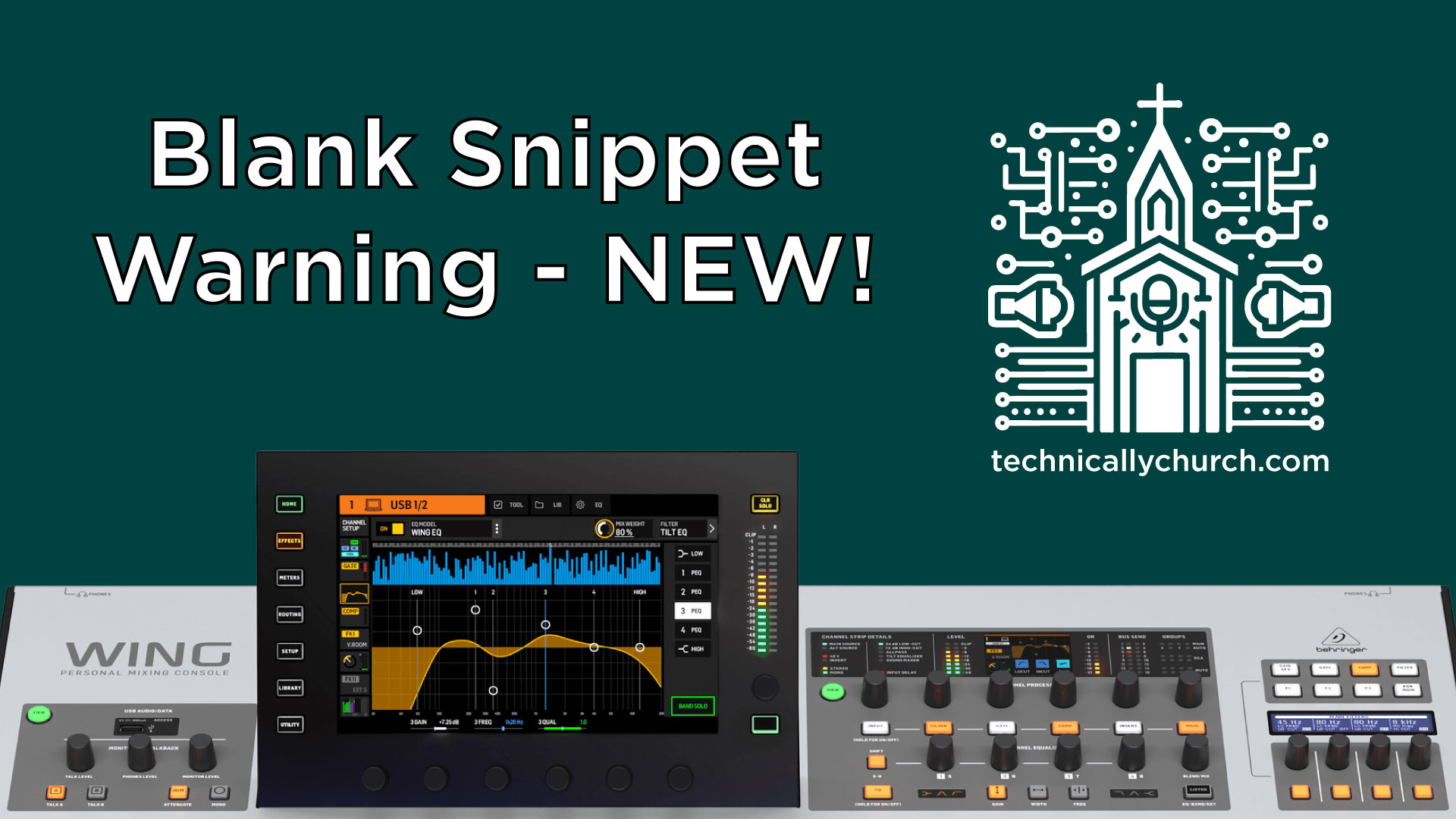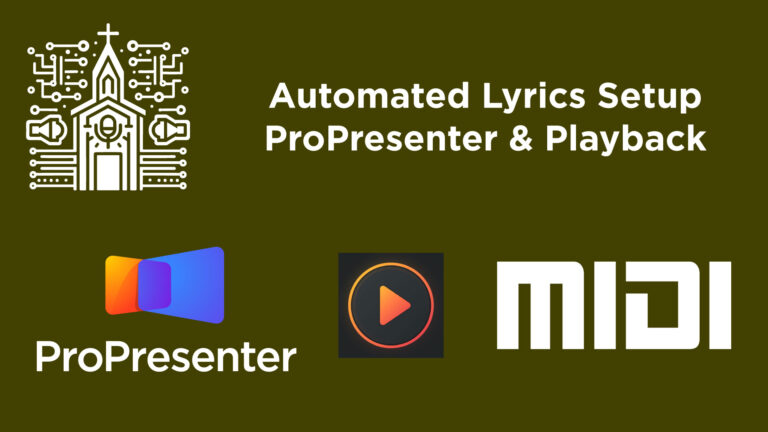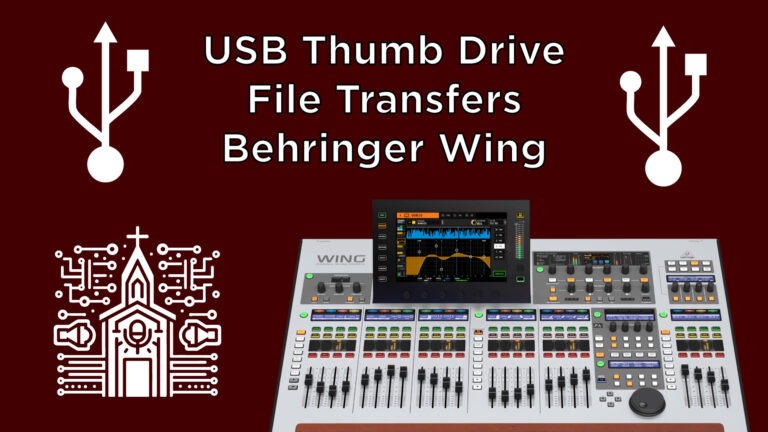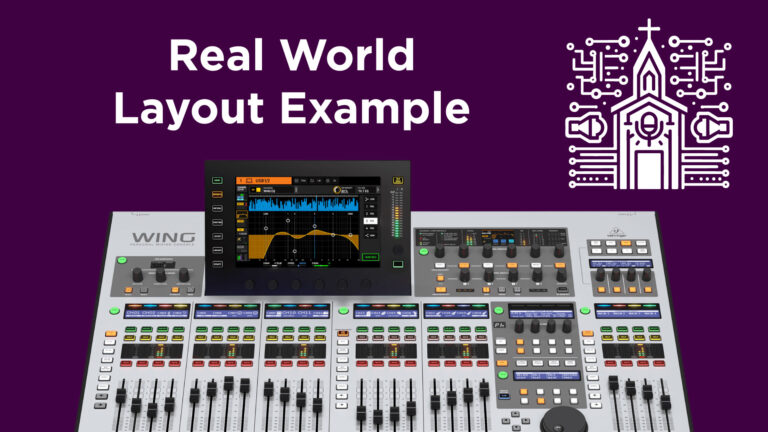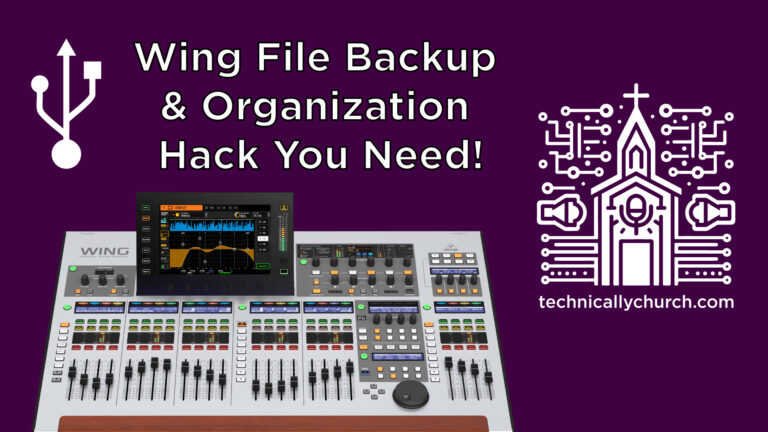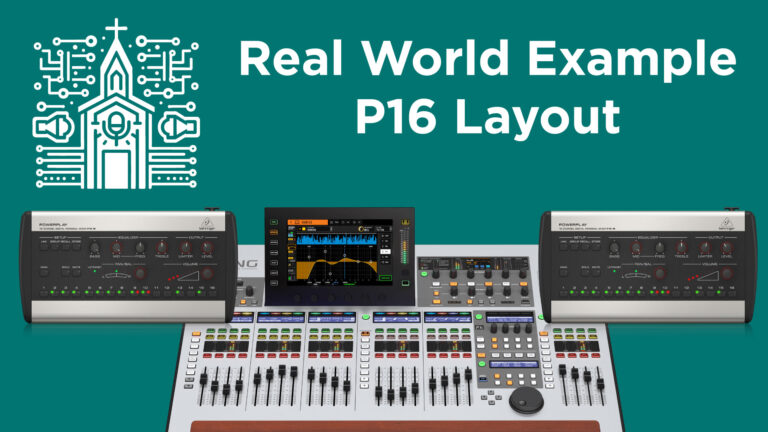Behringer Wing Tips: New Blank Snippet Warning
Understanding and Using Snippets in Firmware Version 3.0.5 on the Behringer Wing
The Behringer Wing digital mixer is an advanced, feature-rich console geared toward both live and studio environments. With the release of firmware version 3.0.5, the console introduces a useful new safety feature when working with snippets: the mixer now warns users if the record focus is set to “none” before recording a snippet. This prevents users from unknowingly creating an empty snippet and saves time in live and production scenarios.
In this tutorial, we’ll explore how to use snippets effectively, explain the difference between a snippet and a snapshot, and guide you in leveraging this new feature to optimize your workflow.
Summary of Key Changes in Firmware 3.0.5
The primary change in firmware 3.0.5 relevant to snippets is a warning system. Previously, if users failed to set a record focus for a snippet (essentially defining what parts of the console are being recorded), the result would be an empty snippet. Now, the Wing informs you when no record focus is set, ensuring you never inadvertently create a blank snippet.
Understanding Snippets vs. Snapshots
Before diving in, it’s important to understand the distinction between snippets and snapshots:
- Snapshots: These capture and save everything from the console—channel EQs, effects, routing, fader positions, and more. Snapshots are ideal for full-scene changes.
- Snippets: These save specific elements of the console, such as changes to one channel’s EQ, fader position, or a combination of targeted settings. Snippets are perfect for quick adjustments without altering your entire mix.
Step-by-Step Guide to Using Snippets
1. Navigating to Snippets
To start working with snippets:
- Go to the Library on the Behringer Wing’s display.
- Navigate to the Snippets section.
2. Recording a Snippet
To record a snippet:
- Press the Record button for a new snippet.
- By default, the record focus is set to “everything,” meaning all changes you make on the board will be recorded into the snippet.
3. Understanding Record Focus
The record focus determines what aspects of the console will be saved in a snippet. This can range from a single channel to user layer button presses.
To adjust record focus:
- Open the Record Focus settings.
- Select the desired focus (e.g., channel one, bus sends, user layer settings).
- If you set the record focus to “none,” the console will now warn you before recording, preventing the creation of a blank snippet.
4. Making Specific Channel Changes
Let’s say you want to create a snippet that records changes only for channel one:
- Set the record focus to channel 1.
- Press Record.
- Make changes on channel one (e.g., adjust fader levels, EQ, or dynamics processing).
- Stop recording. The snippet will save only the changes you made to channel one and disregard all other console settings.
5. Recording Button Presses
You can also include button presses in your snippet. For example:
- Set the record focus to include User Layer settings.
- Press and record the button press for User Layer 1 (or any other user-designated button).
- Any other changes, such as a tweak to channel one’s EQ, will also be saved if they happen during the snippet recording.
Using Snippets Efficiently
- Quick Edits During Services: In a live church environment, snippets can streamline repetitive adjustments. For instance, you might want to adjust specific vocal EQ settings only for your worship leader without altering the band’s mix.
- Scene Management: Use snippets to make quick, modular changes during an event or recording session, without affecting your overall mix.
Why the Warning Improves Workflow
The new warning prevents you from wasting time recording a blank snippet with no defined focus. Previously, users could believe they were saving a change, only to discover that the snippet stored nothing, resulting in errors mid-service or during rehearsals.
Now, this safeguard ensures:
- You’ll never accidentally save an empty snippet.
- Your live or studio workflow remains efficient by reducing troubleshooting time.
Tips for Using Snippets and Snapshots Together
- Use snapshots to create full-mix presets for different services (e.g., Sunday morning worship vs. midweek prayer meeting).
- Use snippets for fine adjustments during the program without affecting the broader mix.
- Combine them strategically: for instance, recall a snapshot for instrument mic setups, then use snippets to adjust effects sends for vocals.
Conclusion
Firmware version 3.0.5 brings significant improvements to snippets on the Behringer Wing, particularly with its new safety feature for record focus. By understanding the difference between snippets and snapshots, and mastering the setup of record focus, you can save time and avoid errors in live and production environments. Remember that snippets are a powerful tool when precision and efficiency are key, especially for smaller-scale adjustments.

